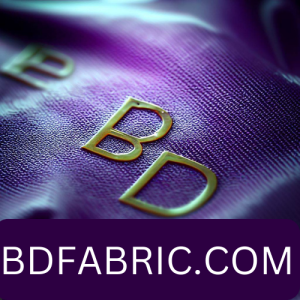Some definitions of color in textile dyeing
Some definitions of color in textile dyeing: 1. Pure color: A color with which no other color is mixed is called pure color or solid color. All primary colors are solid colors. https://bdfabric.com/the-natural-effect-of-primary-and-secondary-colors/ 2. Some definitions of color in textile dyeing-Broken color: When a color is made by mixing more than one color it is…


